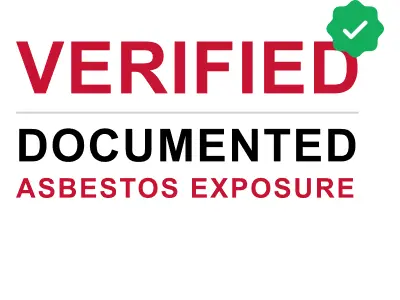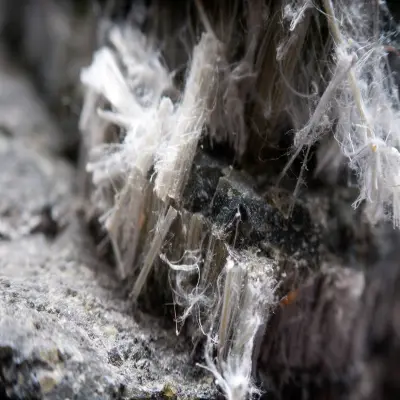Mesothelioma, lung cancer, asbestosis, and certain pleural conditions typically qualify if connected directly to exposure at Fort Jackson between 1940 and 1982. Criteria vary by trust fund.
Fort Jackson in Columbia, South Carolina, has a documented history of using asbestos-containing materials since 1940. These include pipe insulation and pipe coverings, boiler and high-temp equipment insulation, gaskets, packing and seals, fireproofing materials and sprays, flooring materials (tiles, sheet, adhesives), joint compounds, insulating cements, adhesives and mastics, roofing and siding shingles, coatings and sealants, floor underlayments, backings and felts, sprayed or trowled acoustic/decorative plasters and textures. Employees at Fort Jackson before 1982 may be at risk for asbestos-related diseases like mesothelioma, lung cancer, and asbestosis.
Asbestos Exposure: 1940 to 1982
Location: Columbia, SC
Asbestos Trust Funds: 3
Available Trust Funds Claims: YES


For over 43 years, Fort Jackson used asbestos in numerous materials and products. According to trust fund records, some of the known asbestos-containing products include:
Note: This list may not be comprehensive. Asbestos products used at Fort Jackson likely varied over the years.
Occupations with a high risk of asbestos exposure at Fort Jackson:
Note: This list is based on trust fund claim data and may not represent every high-risk position.

Employees at Fort Jackson, Columbia, SC were directly exposed to airborne asbestos fibers, especially between 1940 and 1982, when asbestos use peaked. These microscopic fibers, when inhaled, lodge permanently in lung tissues, causing inflammation, scarring, and severe illnesses, including:
Exposure wasn’t limited to Fort Jackson, Columbia, SC workers alone. Employees often unknowingly carried asbestos fibers home on their clothing, hair, or tools, causing secondary exposure among family members. Diseases linked to secondary exposure often manifest decades later, significantly impacting families long after initial exposure occurred.

Mesothelioma, lung cancer, asbestosis, and certain pleural conditions typically qualify if connected directly to exposure at Fort Jackson between 1940 and 1982. Criteria vary by trust fund.
Yes. Family members affected by secondary (take-home) asbestos exposure from workers at Fort Jackson are eligible to file claims if diagnosed with related diseases.
Yes. You may file wrongful death claims if a family member passed away from an asbestos-related illness linked to Fort Jackson. Specific eligibility and processes depend on state laws and trust fund guidelines. Remember, wrongful death claims have unique deadlines.
Asbestos trust fund claims offer predetermined compensation from bankrupt asbestos companies, while lawsuits target companies still operating. Lawsuits can yield higher settlements but typically take longer to resolve. Depending on your situation, you may file either or both.
Deadlines (statutes of limitations) vary by state and claim type. In South Carolina, personal injury and wrongful death claims typically have a 2-year filing period from diagnosis or death. Verify deadlines for your specific case promptly.